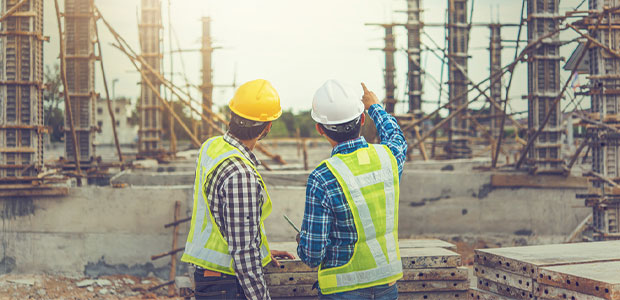
The Benefits of Medical and Security Risk Management
- By Duncan Higham
- Nov 16, 2021
Program managers and risk managers know the benefits of applying risk management to projects. Developing effective risk management plans helps companies avoid high-risk issues and preventing financial and time losses. These plans are critical in industries using heavy equipment such as mining, construction and significant infrastructure projects.
In some cases, outsourcing risk management to an expert company like Remote Medical International makes the most sense. For example, security and medical risk management. Both are important areas to protect. Medical plans can save lives and security plans may protect expensive and requisite equipment and facilities.
Third-party experts analyze the risks where the project will occur and make recommendations for the best approaches. For security, they may conduct local reconnaissance, complete a situation analysis, liaise with local medical teams, police, first responders, government officials and the military. As part of the assessment, they evaluate medical facilities, identify their emergency response protocols and locate the best resources for medical support, locally and regionally. Furthermore, these experts vet additional support resources. The experts will report their findings and make recommendations to mitigate issues and enhance security, proactively protect the health and safety of employees and facilitate emergency medical support.
Medical risk management is closely related to security risk management. Both are focused on keeping employees safe and healthy. Suppose there is a high risk of a medical incident, such as an equipment failure or accident. In that case, medical risk management can help companies prepare with on-site medical help and quick and effective medical evacuations.
Companies using heavy equipment on job sites operate in a medium to high-risk environment. There is a significant increase in the potential for a catastrophic failure when heavy equipment is in use. In construction-related industries, cranes may tip, loads fall or supporting infrastructure fail. Heavy blades, massive trucks, extreme heights and conditions pose unique threats in the renewable segment. All these examples and others can cause serious injury and death to large numbers of people almost instantaneously.
According to OSHA, there are four primary causes of death and injury to construction workers. These “fatal four” account for two-thirds of all fatal accidents. OSHA states that eliminating the fatal four would save approximately 631 American workers’ lives every year. The "fatal four" accident causes include:
1. Falls. Falls from a height or off construction equipment accounted for 38.7 percent of worker deaths.
2. Struck by an Object. 9.4 percent of workers suffered fatal injuries after being hit by an object on a construction site.
3. Electrocutions. Electrical accidents account for 8.3 percent of construction worker deaths.
4. Caught In-Between. 7.3 percent of American construction workers died after being caught between construction machinery components or materials.
OSHA investigations reported that most accidents involving heavy equipment operations are preventable. While an increased focus on these issues resulted in a drop in fatalities, constant awareness and preparation are essential.
Benefits of Planning
Including medical and security risk management during the planning phase of a project can have many benefits.
• Low reportable incident rates. Security and medical risk management plans help companies avoid incidents as much as possible and develop the appropriate response when they occur.
• Improve health outcomes. Preparation and training ensure that on-site medics treat emergencies immediately, stabilize patients and, if needed, evacuate them quickly and safely.
• Protects assets. Adequate and properly trained security teams discourage and prevent theft and sabotage, which helps keep project costs in line.
• Aid in recruitment and retention. The inclusion of a structured plan for employee safety communicates that a company cares for its employees.
• Improves business reputation. Taking a proactive approach to health, safety and security demonstrates business acumen and allows a company to minimize risk while adhering to schedules and budgets.
The Cost of Planning
Some companies don’t consider security and medical risk management until they win a contract. Taking action early, however, and budgeting to incorporate these costs into the project can be advantageous.
The level of security required impacts the budget. For example, armed guards or armored vehicles may be needed if the project is in a high-risk area. These costs can add up over time, especially if they are unanticipated.
The same is valid for medical evacuations. Proper planning ensures that the handling of any incidents is efficient and as cost-effective as possible. When someone is injured, the financial and reputational costs can often exceed the costs to conduct security and medical risk management analyses before starting a project. Working with an external expert to complete an assessment before the project begins is critical.
Choosing a Risk Management Partner
The right risk management partner focuses on increasing safety while maintaining a cost-effective program. The company should demonstrate deep experience and expertise and share country profiles, security forecasts, intelligence reports and health surveys.
Look for a custom program. While this may seem more expensive than an off-the-shelf solution, the unique plan design ensures that the medical and security solutions you seek are the right fit for the project.